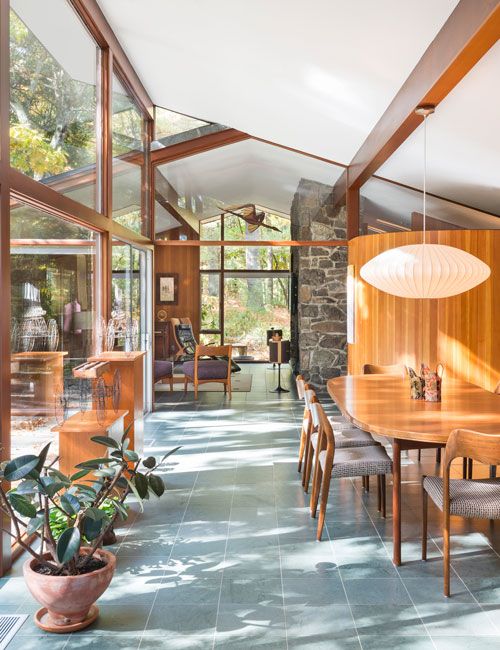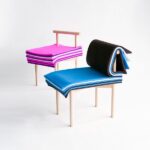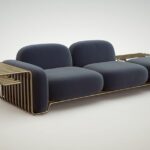As an Amazon Associate I earn from qualifying purchases.
Furniture design has come a long way since the early days of simple, functional pieces crafted for purely utilitarian purposes. Today, modern furniture design is a dynamic and ever-evolving field that combines form, function, and style to create unique and innovative pieces that not only serve their intended purpose but also make a statement.
The evolution of modern furniture design can be traced back to the early 20th century, when a group of forward-thinking designers began to break away from traditional styles and materials to create furniture that was sleek, simple, and functional. One of the pioneers of this movement was the renowned architect and designer, Frank Lloyd Wright, whose Prairie School designs embraced the principles of organic architecture and emphasized the use of natural materials such as wood and stone.
Another key figure in the evolution of modern furniture design was the German-born architect and designer, Ludwig Mies van der Rohe, who famously declared that “less is more” and believed in the importance of simplicity and clean lines in design. Mies van der Rohe’s iconic Barcelona chair, designed in 1929, is a prime example of his minimalist approach to furniture design, with its sleek, chrome-plated steel frame and luxurious leather upholstery.
In the post-war era, modern furniture design experienced a period of radical experimentation and innovation, as designers sought to push the boundaries of form and function. One of the most influential figures of this time was Danish designer, Arne Jacobsen, whose Egg chair and Swan chair, both designed in the 1950s, became iconic symbols of mid-century modern design.
Today, modern furniture design continues to evolve and adapt to changing tastes and trends. Contemporary designers are constantly pushing the boundaries of materials and technology to create furniture that is not only stylish and functional but also sustainable and environmentally friendly. Designers like Patricia Urquiola and Philippe Starck are known for their innovative use of new materials and cutting-edge technologies to create furniture that is both visually striking and environmentally conscious.
One of the defining characteristics of modern furniture design is its emphasis on clean lines, simplicity, and functionality. Modern furniture is often characterized by its sleek, minimalist aesthetic, with an emphasis on geometric shapes and bold, contrasting colors. Materials such as glass, steel, and plastic are commonly used in modern furniture design, along with natural materials like wood and leather.
The evolution of modern furniture design is a testament to the creativity and vision of designers who have dared to challenge conventional norms and push the boundaries of what is possible. From the early pioneers of the modernist movement to the contemporary designers of today, modern furniture design continues to be a vibrant and exciting field that is constantly evolving and adapting to the changing needs and tastes of consumers. Whether you prefer classic mid-century modern pieces or cutting-edge contemporary designs, there is no denying the impact that modern furniture design has had on the world of interior design.
Amazon and the Amazon logo are trademarks of Amazon.com, Inc, or its affiliates.













